#Wanli period (1573–1620 AD)
Photo



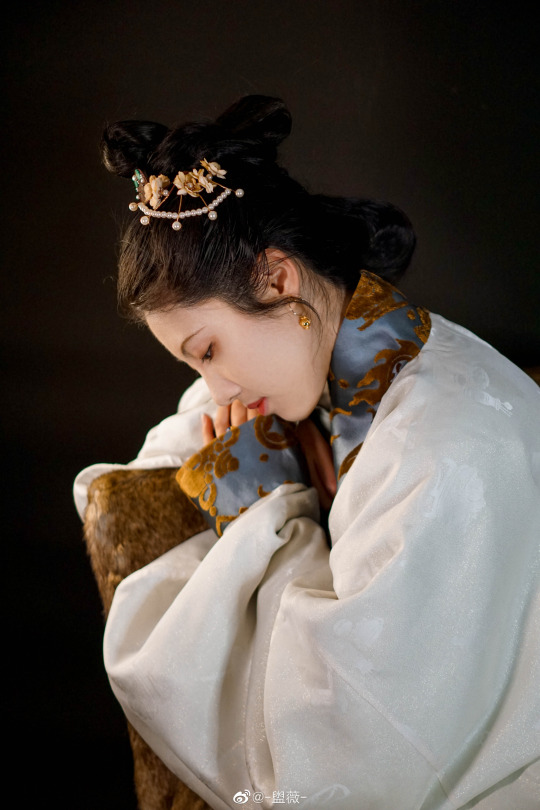

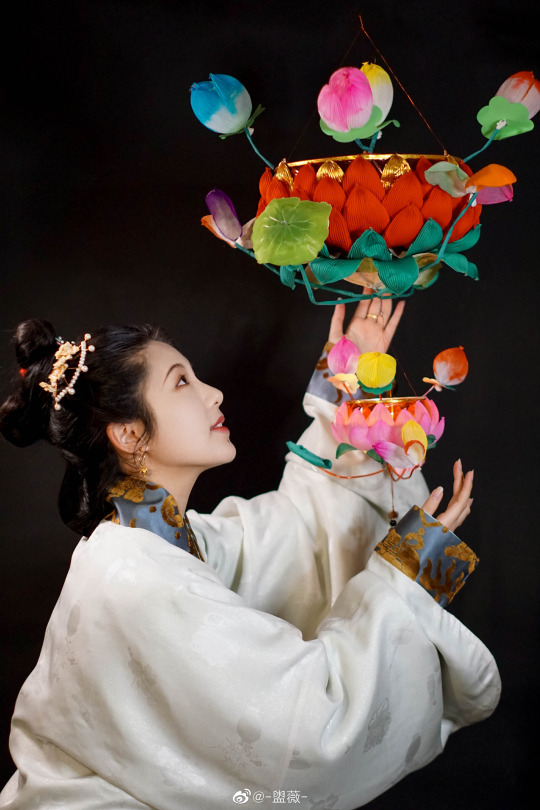
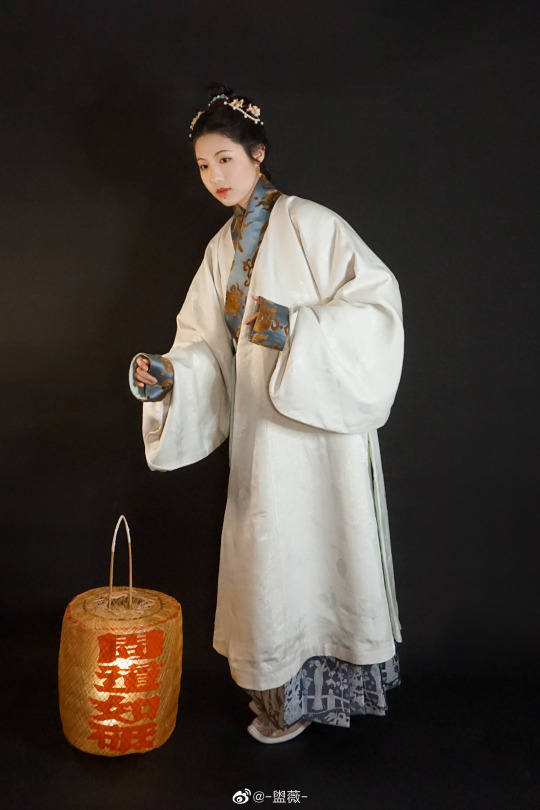

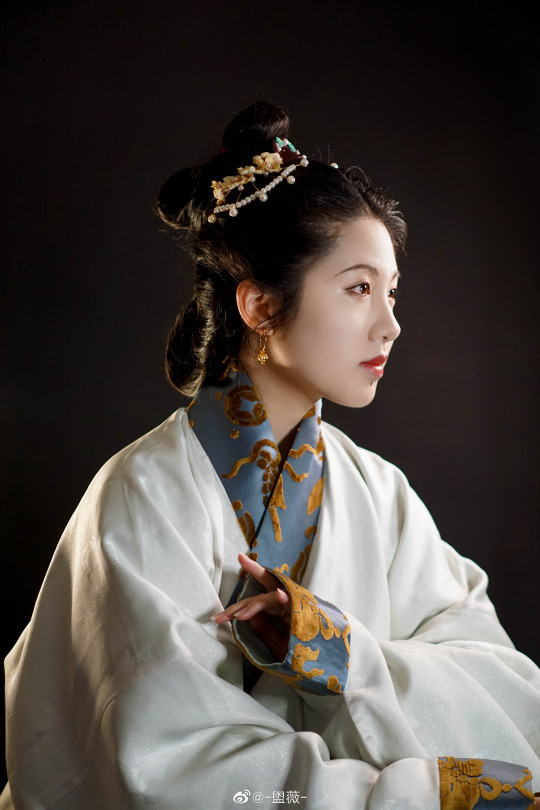
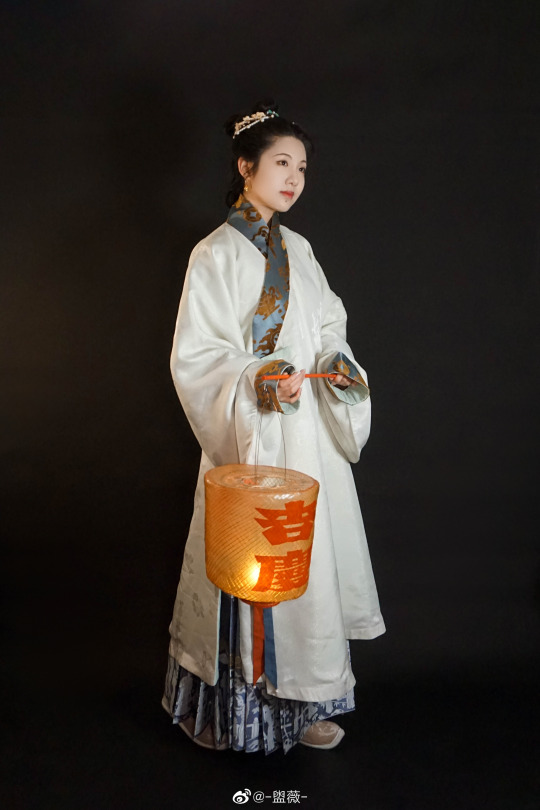
[Hanfu · 汉服]Chinese Ming Dynasty Wanli period (1573–1620 AD) Traditional Clothing Hanfu & Hairstyle Based On Ming Wanli period woodblock print painting
_______
Recreation Work:@-盥薇-
👗 Hanfu,Purse:@YUNJIN云今
🔗微博:https://weibo.com/3942003133/MrAxG2Q0q
_______
【About the Hairstyle 鬃髻(Zōng jì)】
The 鬃髻(Zōng jì) is one of the traditional Han ethnic woman hairstyles. It lasted from the Ming Dynasty to the end of the Qing Dynasty, and it still exists among Hakka(客家) elderly women.
We can see this hairstyle in the painting "《李端端图》" by Tang Yin(唐寅), a painter of the Ming Dynasty.Collection of Nanjing Museum
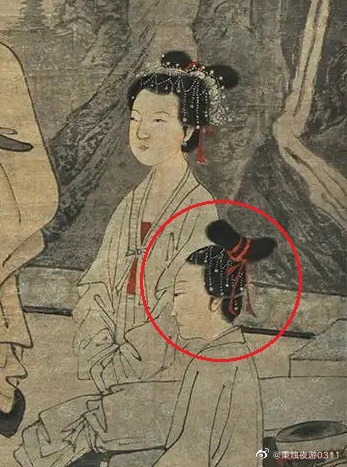
The 鬃髻(Zōng jì) can be matched with other hairstyles,like below:
Peony Head (牡丹头)+鬃髻(Zōng jì),
Ming Dynasty Green-glazed female pottery figurines,Collection of Guangdong Museum
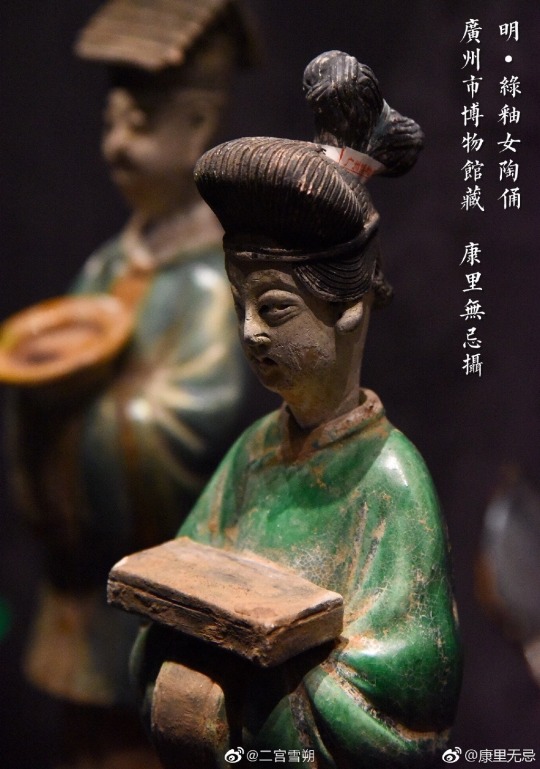
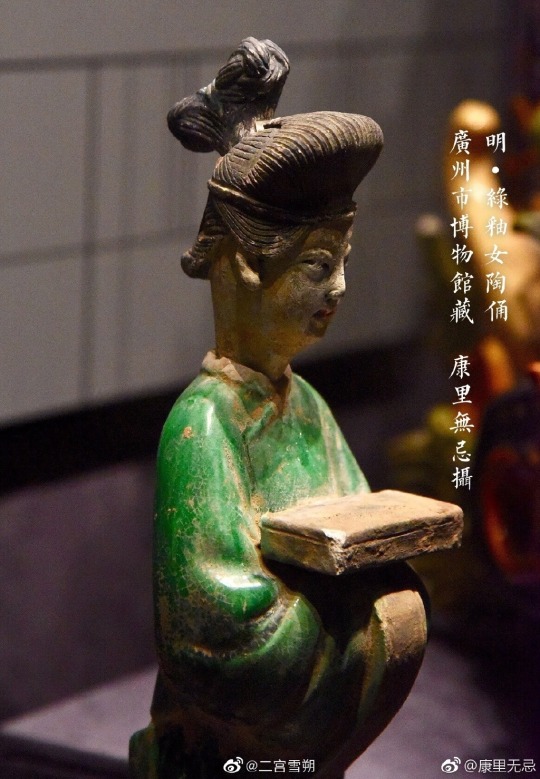
Ming Dynasty Colored Sculpture of Jellyfish Building in Jinci Temple/晋祠水母楼明代彩塑
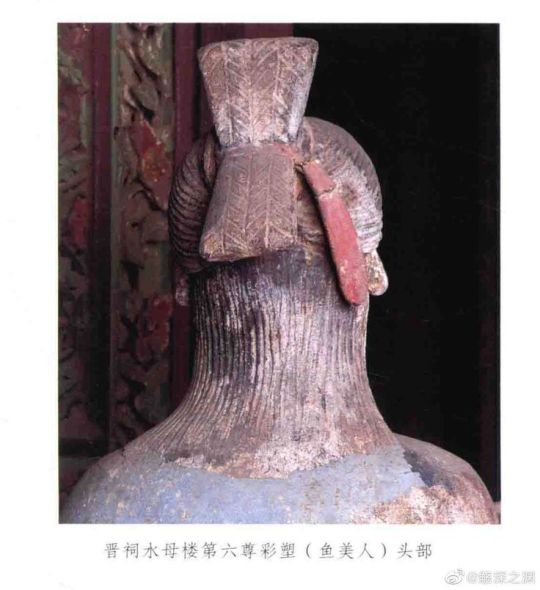
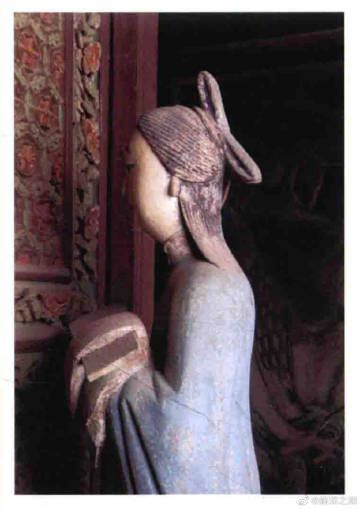
Qing Dynasty 鬃髻(Zōng jì),Qing Dynasty figurines
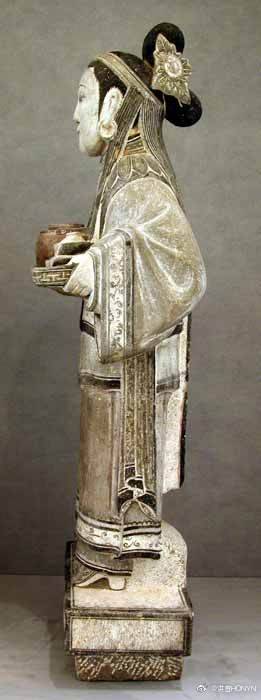
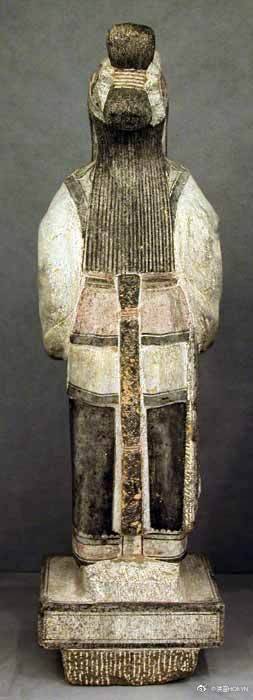
The Hakka(客家) ’s 鬃髻(Zōng jì) is divided into: 三把头(Sān bǎtóu) and 两把头 Liǎng bǎtóu)
For the most typical 三把头(Sān bǎtóu) , it divides the hair into three layers: upper, middle and lower. The part of the hair from the front of the forehead to the top of the head is called "门股(Mén gǔ)", and 门股 is divided into three parts: left, middle and right.Generally, some wigs are placed on the hair or combed the hair in reverse way to make it look fluffy.So from the front, it will have a very “full” effect of hair.
The 三把头(Sān bǎtóu) with 鬃髻(Zōng jì) of Hakka women in old photos
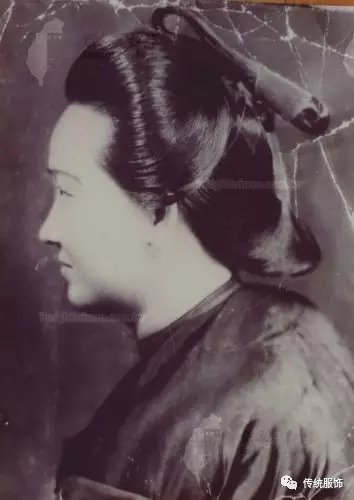

The part below the 三把头 (Sān bǎtóu) is generally called "髻尾". The upper, middle and lower parts of the hair will eventually tied together.
↓Schematic diagram in the book "Discussion on Liudui Hakka Traditional Clothing《六堆客家传统衣饰的探讨》"
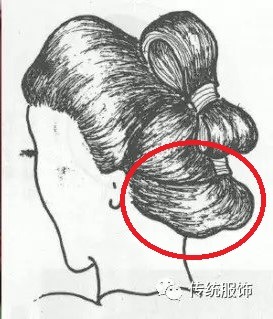
Hakka(客家) ’s 鬃髻(Zōng jì) :两把头 (Liǎng bǎtóu)
The :两把头 Liǎng bǎtóu) is the 三把头 (Sān bǎtóu) that simplifies the part of the "髻尾(The lower part)" , and divides the hair into two part,which is "门股(Mén gǔ)" and the "髻尾(The lower part).
※Some information says that 两把头 (Liǎng bǎtóu) are unmarried woman hairstyle and 三把头 (Sān bǎtóu) are married woman hairstyle, but this is not the case when looking at the photos

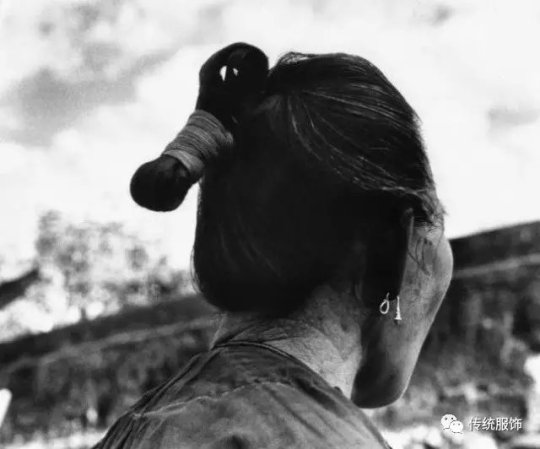

Lastly,Twho are familiar with Japanese culture may notice that above hairstyles are look similar to some hairstyles in Japan call 島田髷.But the method of divide the hair into sections, the way that make the sideburns and the shape after tied the hair together make it to a difference effect from china.
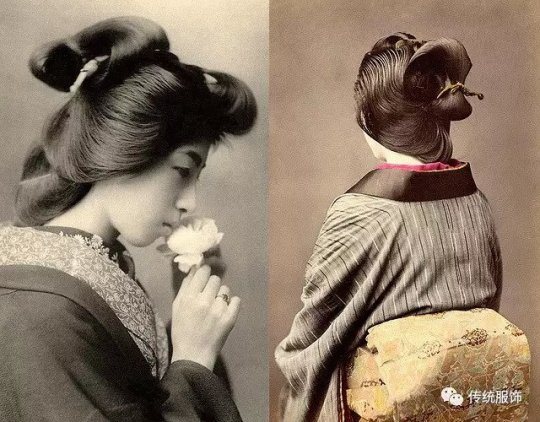
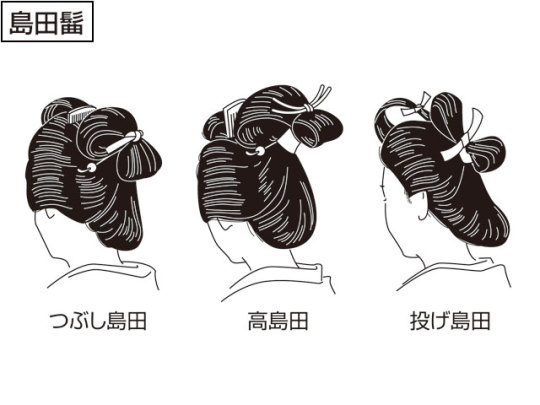
According 日本大百科全書(ニッポニカ),Japan's 島田髷 hairstyle is beginning from the 16th century of Edo period, while the China is also on late Ming period(※usually refers to from the beginning of Wanli (1573) to the end of Chongzhen (1644)).
Not sure if there is a connection between the japan and china. I will update if there is more information.
(Please correct me if I'm wrong🙏)
#Chinese Hanfu#Ming Dynasty#Wanli period (1573–1620 AD)#hanfu#Ming Wanli period woodblock print painting#hanfu history#chinese historical fashion#chinese historical hairstyle#chinese history#chinese traditional clothing#鬃髻(Zōng jì)#两把头 (Liǎng bǎtóu)#三把头 (Sān bǎtóu)#China#Japan#島田髷#Hakka(客家)#Qing Dynasty#recreation#chinese art#-盥薇-#YUNJIN云今#Peony Head (牡丹头)
220 notes
·
View notes
Photo




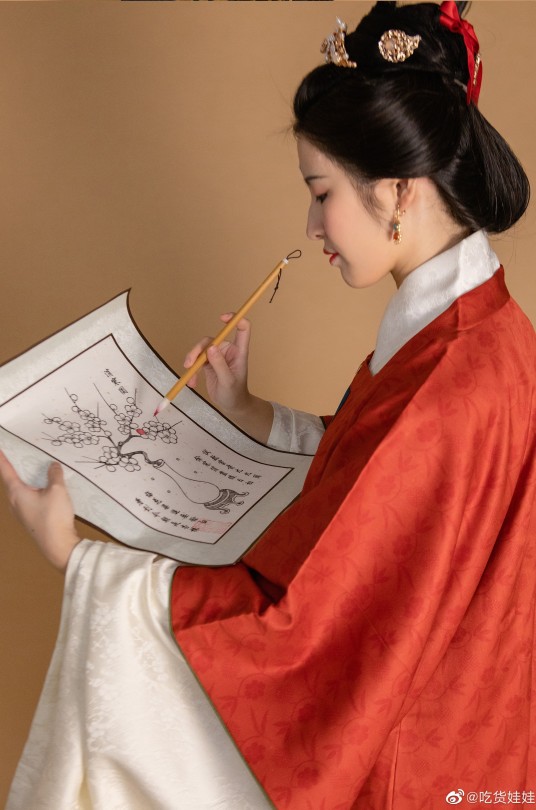
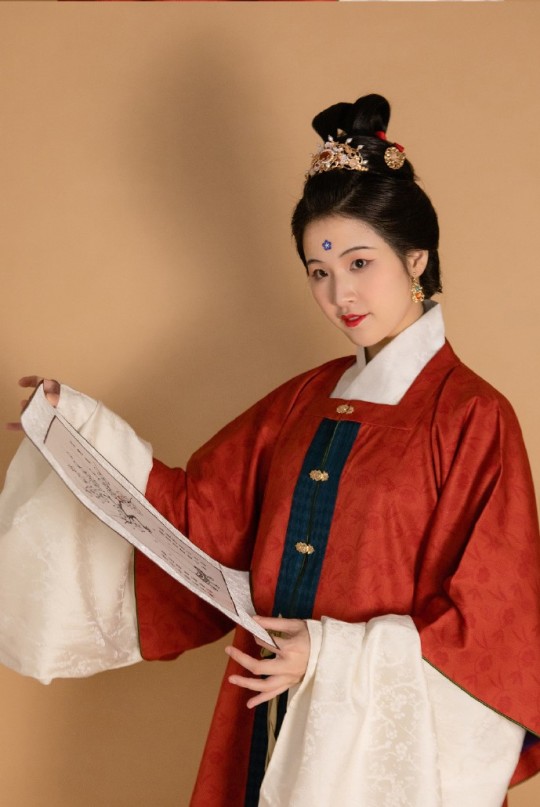
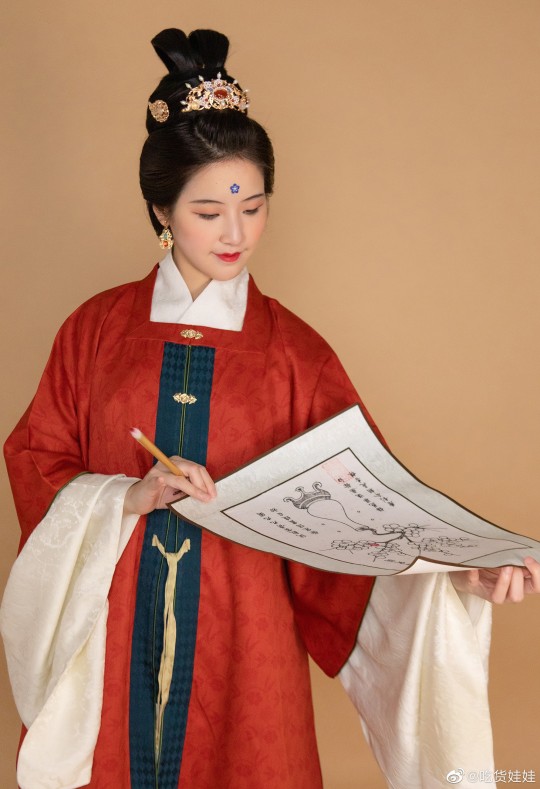



Winter solstice




【Historical Reference Artifacts】:

[Hanfu · 漢服]Chinese Ming Dynasty (1368-1644 AD) Traditional Clothing Hanfu Based On Ming Dynasty Relics & Paintings【 冬至 数九消寒 亚岁迎祥 】
————————
The overall is the style of the Jiajing Emperor(1522-1566 AD) to Wanli Emperor(1573-1620 AD) period, woman fashion.
————————
【冬至/Winter solstice】
It is the 22nd solar term in China's 24 solar terms(二十四节气) and one of the eight astronomical solar terms.
Solar terms originated in China, then spread to Korea, Vietnam, and Japan, countries in the East Asian cultural sphere. Although each term was named based on the seasonal changes of climate in the North China Plain, peoples living in the different climates still use it without changes.
This is exhibited by the fact that traditional Chinese characters for most of the solar terms are identical.On December 1, 2016, the solar terms were listed by UNESCO as an Intangible Cultural Heritage of China.
冬至 is also a traditional ancestor worship festival in China. It is regarded as a big festival in winter. There is a saying in ancient folk that "the winter solstice is as big(important) as the new year". The customs of the 冬至 vary in content or details due to different regions.
Traditional Custom Including:
“画九/Huajiu ”
The so-called Huajiu is actually a diagram for calculating the date of warm spring after the 冬至/winter solstice. The Ming Dynasty's "Emperor Beijing Scenery/帝京景物略" contains: "On the day of the 冬至/winter solstice, draw a plain plum with eighty-one petals,dye a petal every day, when you dye all the petals, the spring is coming." The "Nine-Nine Cold Dispelling Map/九九消寒图" has three schemas, which are characters, circles, and plum blossoms.
Making Rice Wine/酿米酒
The traditional Gusu(Now:Suzhou) family will making rice wine on the night of the 冬至/Winter solstice.The Glutinous rice or yellow rice is used for brewing wine in winter, and sweet-scented osmanthus is added for brewing
【What do people eat on 冬至(Winter solstice?】
汤圆(Tangyuan)/Glutinous rice balls
Eating Glutinous rice balls is a traditional custom of the 冬至/Winter solstice, especially in the south of the Jiangnan. "Tangyuan" is a must-have food for the 冬至/Winter solstice. " 圆 Yuan" means "reunion 团圆 " and "completeness 圆满 ". There is a folk saying that "you will be one year older after eating glutinous rice balls".


Dumplings(饺子)
In many parts of northern China, there is a custom of eating dumplings on the winter solstice every year. In the northern part of China, dumplings are eaten on this day because dumplings have the meaning of "eliminating the cold". There is still a folk proverb that "if you don't serve the dumpling bowl on the winter solstice, your ears will freeze and no one will care about you".

羊肉汤/Mutton Soup
Every winter solstice, people in Chengdu, Sichuan like to eat mutton soup.

_______
Recreation Work :@吃货娃娃
🔗Weibo:https://weibo.com/1868003212/MkJA10yrw
_______
#Chinese Hanfu#Ming Dynasty (1368-1644 AD)#Hanfu#冬至/Winter solstice#24 solar terms(二十四节气)#画九/Huajiu#Making Rice Wine/酿米酒#汤圆(Tangyuan)/Glutinous rice balls#Dumplings(饺子)#羊肉汤/Mutton Soup#hanfu history#hanfu accessories#Chinese Culture#chinese traditional clothing#china#chinese#Chinese Costume#chinese style#吃货娃娃#漢服#汉服#chinese food#Chinese custom
205 notes
·
View notes